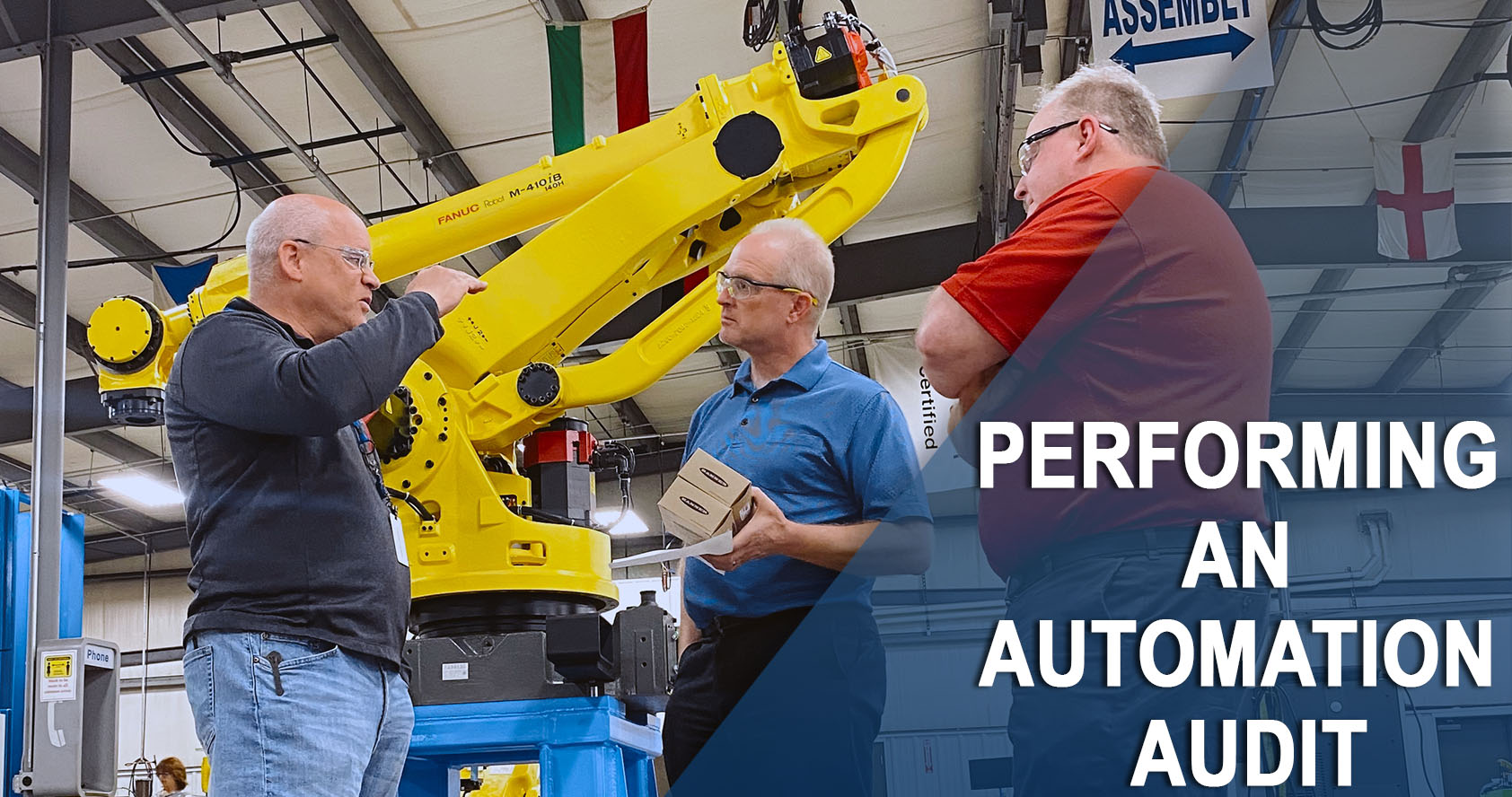Wauseon Machine fabrication services provides an “easy button” procurement process for complex assemblies, in which experts manage the entire value chain, from cradle to grave. From receiving the order, to obtaining raw materials, to handling all necessary heat treating, coating, laser cutting, and stamping processes, Wauseon ensures that fabrication is completed to exacting specifications and that the highest quality product is delivered. Application engineers have years of experience taking large complex assemblies and breaking them down to their component parts. With specialized expertise in providing suggestions on cost avoidance and design for manufacturability, Wauseon experts can often suggest options that may eliminate an operation or use different coatings to improve a product.
Swiss Style Machines Decrease Overall Cycle Time for High Volume Machining of High Quality Parts
By Wauseon Machine 2024 Machining
High volume machining of complex precision parts poses many challenges. Standard CNC lathe and milling operations can result in high cycle times and labor costs and may not meet precision tolerances. Use of newer Swiss style machines allows operators to process all sides of the part in one operation, significantly lowering costs. These Swiss style machines are very compact compared to standard lathes; less time wasted going from tool to tool can also result in faster cycle times.
Wauseon Machine Reveals New, Lower Profile Tube Forming Product
By Wauseon Machine 2024 Tube Fabrication
Wauseon Machine, a leading provider of automation solutions, tube forming technologies, precision machining, and fabrication, reveals its next generation 1004EL Electric End Forming Machine. This tube forming machine is ideal for automotive, stainless steel medical products, HVAC, and other appliance applications. The machine features an industry leading Servo Ram for precise tool positioning, and stroke adjustment for different length tools.
New Battery Test & Assembly System from McAlister Design & Automation
By McAlister Design & Automation 2024
McAlister Design & Automation reveals its new Battery Test and Assembly System. This market-leading battery system enables the inspection and testing of battery cells and assembly of battery packs, commonly used in electric vehicles and consumer products. The system has been developed to support market changes and future growth.
4 Ways that High-Speed Automation and Robotics are Transforming Manufacturing
By Wauseon Machine 2024 Automation, Machining, Robotics, Tending
In today's fast-paced industrial landscape, the need for efficient, reliable, and safe production processes has become paramount. With labor shortages becoming a challenge, it is crucial to adopt resilient solutions. High-speed automation and robotics technologies have emerged as game-changers, enabling us to accomplish labor-intensive tasks with ease and reducing the risk of human error.
Palletizing Robots: An Optimal Solution for Addressing Labor Shortages
By Wauseon Machine 2023 Automation, Robotics, Palletizing
Wauseon Machine and Manufacturing Acquires McAlister Design
By Wauseon Machine 2023 Automation, Robotics, Manufacturing
The South Carolina robotics integrator doubles Wauseon Machine's automation bandwidth

Wauseon Machine and Manufacturing, Inc. (Wauseon Machine), a provider of robotics automation, tube fabrication equipment, and build-to-print precision machined parts, is pleased to announce it has acquired McAlister Design and Automation LLC (McAlister Design) of Greenville, SC, to further Wauseon Machine’s aim of creating comprehensive automation solutions to meet the needs of customers, both current and future. This acquisition is a springboard for Wauseon Machine’s ambitious growth plans to make its automation capabilities and services available in more regions of the country.
Prototype to Production: Choosing a Full-Service Precision Machining Partner
By Wauseon Machine 2023 Machining
Finding the right partner for large or complex precision machining projects can be challenging. Many precision machining shops are either priced too high, have long lead times, only cover part of the process, or lack the capabilities to scale up for mass production.
Ultimately, you need a partner that can do it all, from initial prototype to large-scale production. This is especially important for projects that require multiple machine types or parts.
Improving Quality and Profitability with Automated Material Handling
By Wauseon Machine 2023 Automation, Manufacturing, automated material handling
Material handling, as a manufacturing term, encompasses a wide range of processes. It touches everything from machine tending and packaging to machine tending, press tending, picking, packing and palletizing. It is essential to the world’s supply chain capabilities and, therefore, a prime opportunity for integrating automation. As global realities, competitive pressures and consumer demands continue to shape (and reshape) the manufacturing landscape, automated material handling solutions become smarter and more advantageous than ever.
Performing an Automation Audit: Indispensable Insights for Manufacturing Executives
By Wauseon Machine 2023 Automation, Manufacturing
As executives increasingly comprehend the business value inherent in automated solutions for manufacturing, distribution and other related operations, it becomes clearer that automation is more of a “must-have” than a “nice-to-have” for profitability. Just because executives put forth the investment and effort to integrate manufacturing automation, that doesn’t mean they always do so strategically—even though the strategy piece can actually mean the difference between a successful automation implementation and one that fails to align with the company’s core business goals.
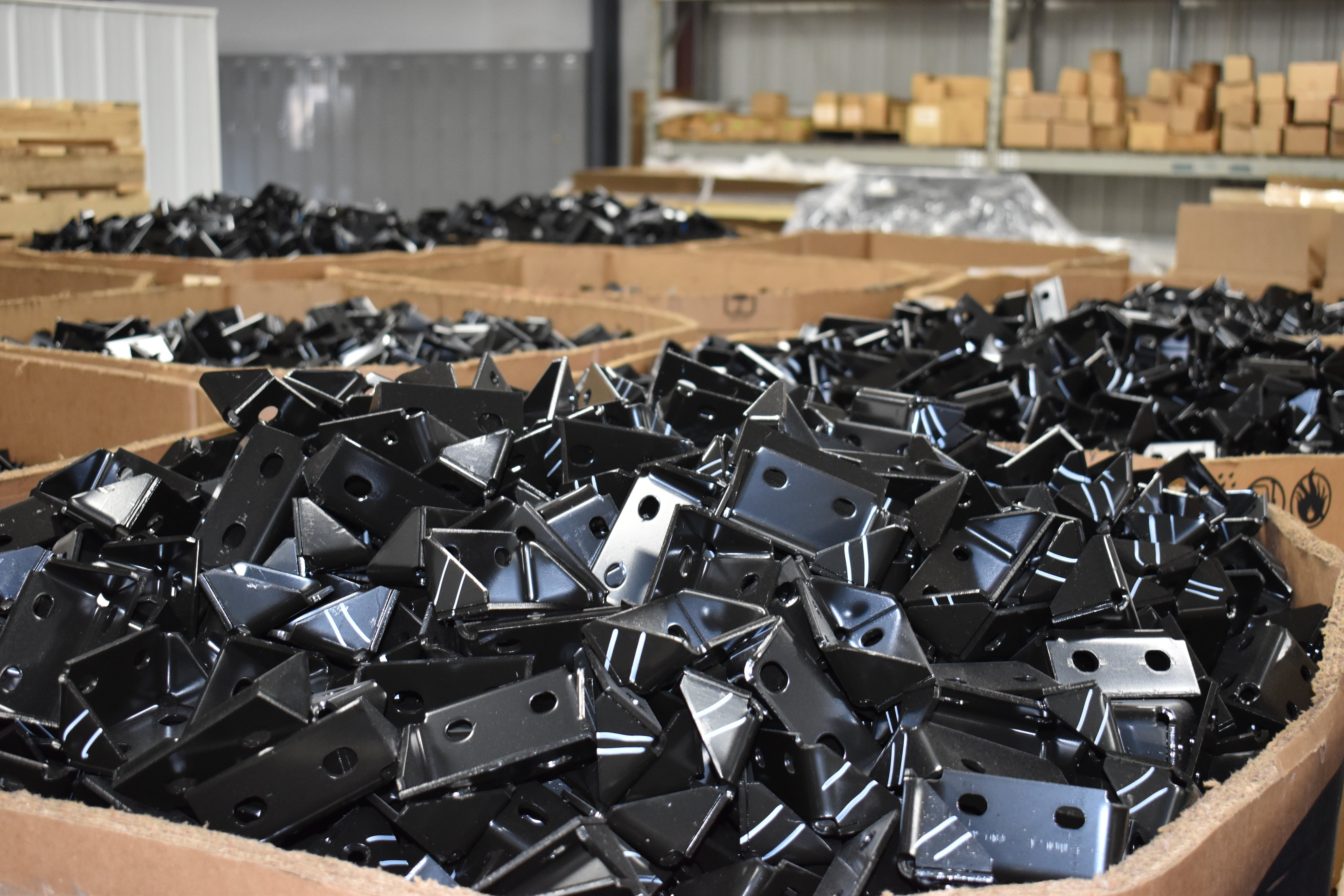
.jpeg)
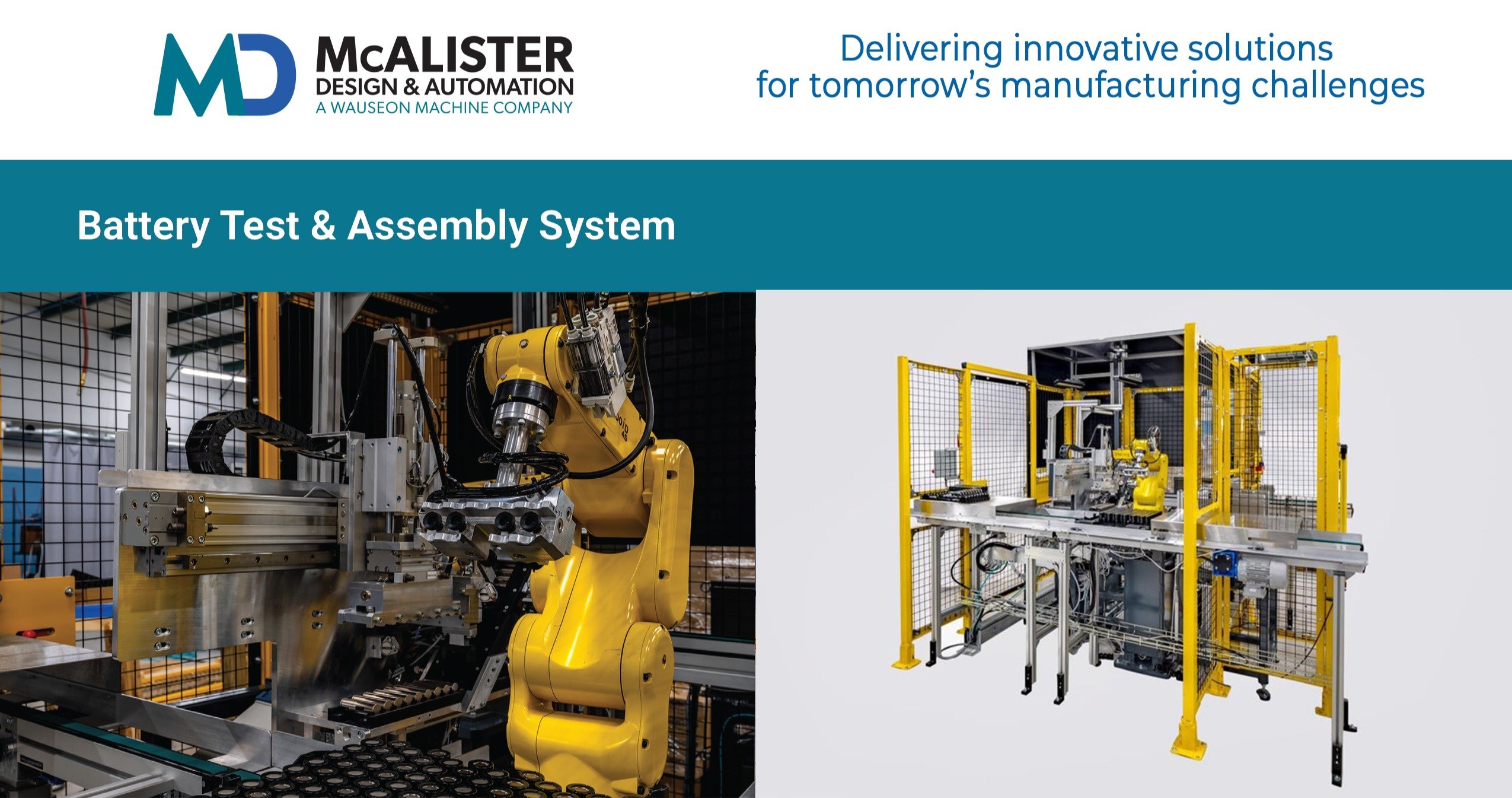
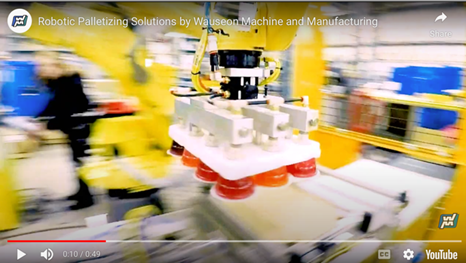
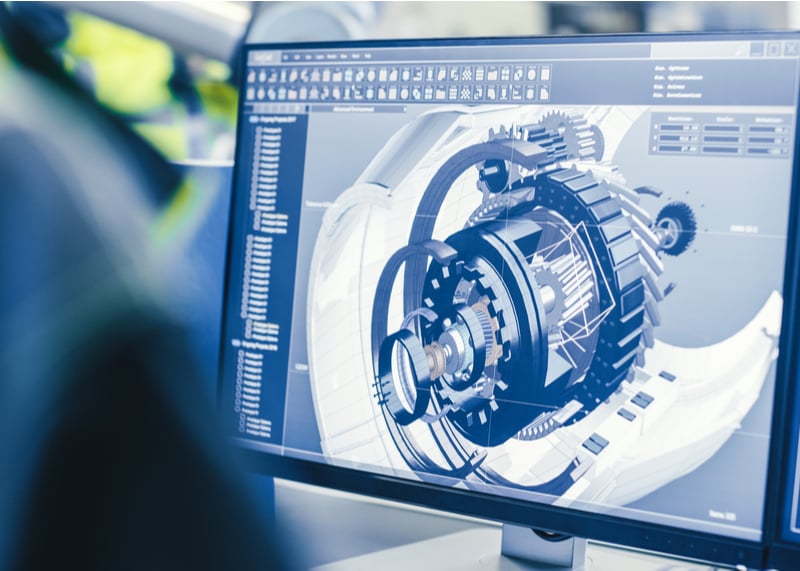
.jpg)
